AO Edited
Blaschka Glass Flowers
Impossibly life-like natural history models created out of glass by a father and son.
Natural history museums opening in the mid-1800s had a problem. While dioramas could depict the mammals of the world, the marine and botanical were difficult to preserve and the papier-maché or wax models didn’t begin to capture the beauty, translucence, or detail from the real world.
Leopold Blaschka came from a long line of glass artisans, and as a young man joined the family business making glass ornaments and glass eyes for taxidermists. Leopold’s real passion, however, was for natural history. Leopold began crafting glass models of exotic flowers in 1850, and what started as a hobby became a profession. Leopold was soon joined by his son Rudolf making sea anemones, aquaria, snails, and jellyfish for London’s Natural History Museum. The models were hailed as “an artistic marvel in the field of science and a scientific marvel in the field of art.”
It would be Harvard who funded the greatest Blaschka collection. Persuaded to sign an exclusive contract with Harvard, the father and son began making them in 1890 until Leopold died in 1895. Rudolf, however, continued making the glass flowers for another 45 years stopping only 3 years before his own death. Together they created over 4000 botanical models for Harvard or roughly one every five days for 50 years.
So accurate are the models that when Donald Schnell, a botanist who had just discovered the hereto unknown pollinating mechanism of the Pinguicula flower, looked at the 120-year-old Blaschka model Schnell was shocked to see the exact process illustrated in glass “one sculpture showed a bee entering the flower and a second showed the bee exiting, lifting the stigma apron as it did so,” exactly as Schnell had discovered “As far as I know Professor Goodale never published this information, nor did it seem to have been published by anyone back then, but the process was faithfully executed.”
Know Before You Go
From Harvard Square, Cambridge, MA, walk across the historic campus, keeping John Harvard statue to your right. At Memorial Hall and the Science Center, walk down Oxford Street 100 yards. You'll see museum's banner on right at 26 Oxford Street.







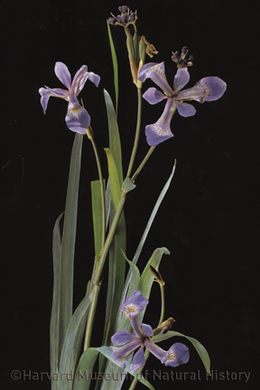
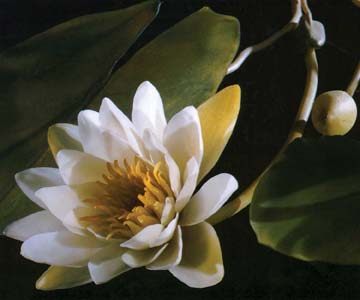
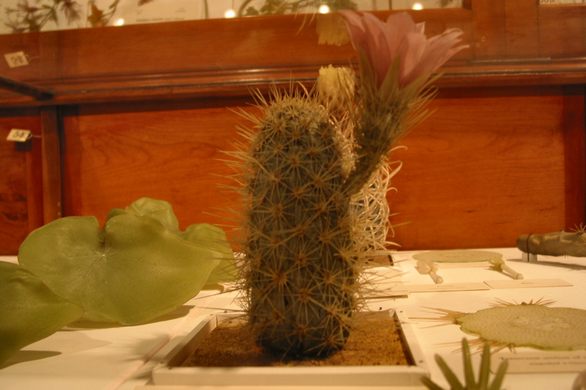

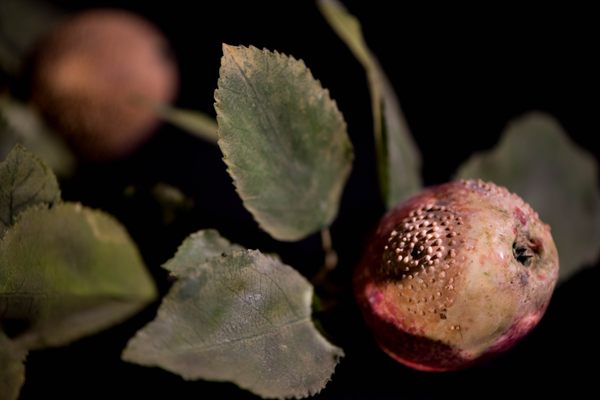







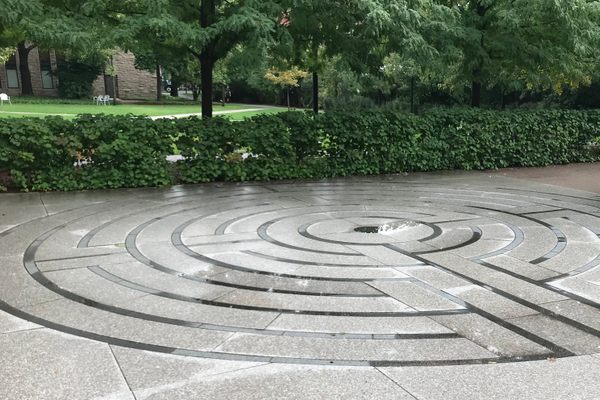







Follow us on Twitter to get the latest on the world's hidden wonders.
Like us on Facebook to get the latest on the world's hidden wonders.
Follow us on Twitter Like us on Facebook